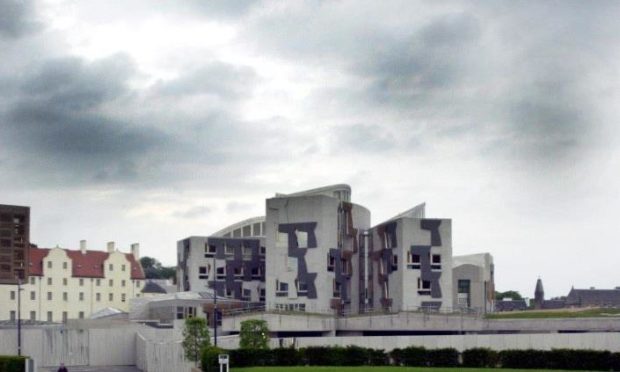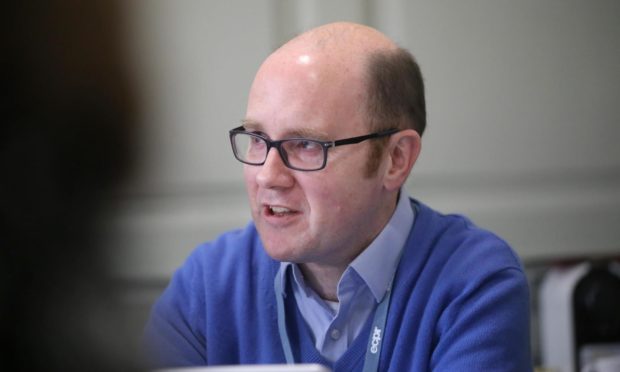The SNP’s hopes of winning a majority may hinge on high turnout on a polling day where the weather could see rain and wintry conditions.
Experts say the number of voters will be “crucial” to the outcome of the election but that it has been hard to predict this year for several reasons.
The Met Office said that Thursday would begin “quite overcast”, with freezing conditions overnight and cold conditions in the early morning in inland areas such as Perth and Aviemore.
Rain showers could follow in many places during the day, turning wintry on higher ground, although it is expected it will brighten up later in the afternoon.
Daytime maximum temperatures are forecast to be around 8C in Dundee and Orkney, possibly 9C in North Uist, 7C in Aberdeen, 8C in Glasgow and 6C in Edinburgh.
Alistair Clark, author and reader in politics at Newcastle University, said that despite the “old wives’ tale” about the impact of the weather on turnout, there is little to suggest it is a “decisive factor”.
He does believe the pandemic, the increase in postal voting, and any sign of complacency among SNP supporters, are elements that make turnout unpredictable at this election, however.
A total of 4,280,785 Scots have registered to vote on Thursday, the highest electorate ever for a Scottish Parliament election.
But Mr Clark said: “It has actually struck me that up until now no-one has really been talking about turnout, and I think turnout is going to be one of the crucial factors in determining the result.
“Of course, turnout will be different across the country as it always is, but the backdrop of the pandemic feeds into this as well.
“What will be interesting to see is whether people will actually be willing to go and turn out to vote.”
‘A handful of tight races’
The expert believes that a low turnout could harm the SNP’s chances in key seats.
“I think it’s going to be crucial for the SNP’s ability to win a majority or otherwise,” he said.
“There are a handful of tight races up and down the country where turnout could actually make the difference.
“In many places, you have a general expectation of who is going to win, and that generally is what happens, but in those constituencies which are marginal, and there’s a handful, turnout could actually be the thing that makes the difference.”
Concerns about social distancing could put some people off voting in person, but the number of postal votes will be higher than usual as a result, adding to the uncertainty over turnout.
“There’s a crucial factor in this election, which I don’t think we know the answer to as to how it will effect the turnout, and that’s going to be the level of postal voting,” said Mr Clark.
“Because the level of postal voting is the highest it has ever been in Scotland, it’s just under 24%, and what we do know about postal voting is that those people who actually ask for a postal vote are very, very likely to return it.
“So postal voting turnout is always high, it’s around the 80% mark, and I think the big question is to what extent that will end up driving the overall turnout to some extent.”
Mr Clark also said research showed that turnout at elections tended to be higher when a contest was considered to be close, and that another danger for the SNP could therefore be “complacency” among some of its voters, who may believe they do not need to go out to vote in order to win.

